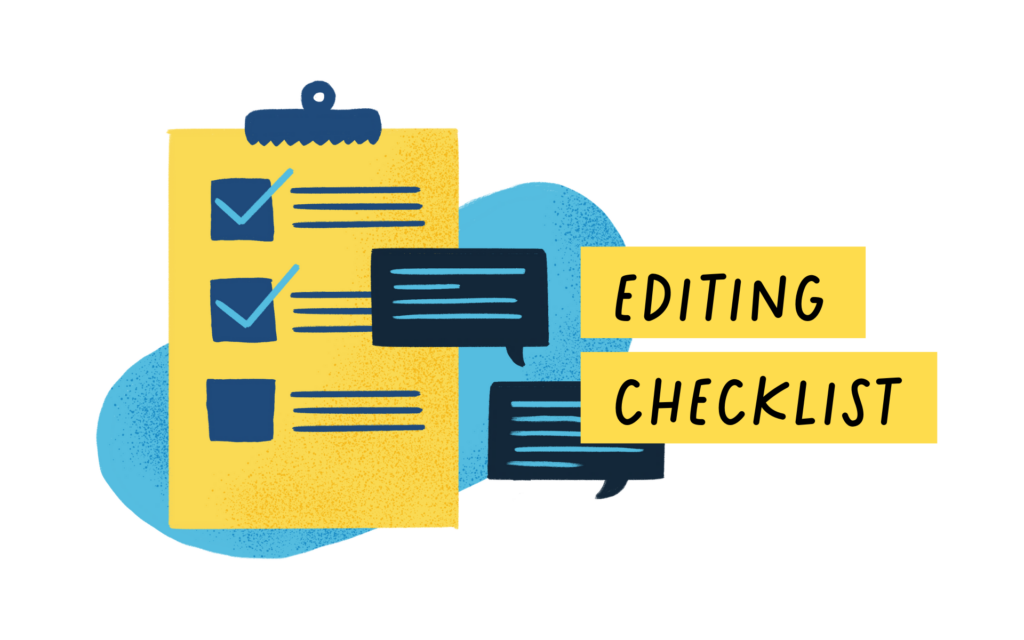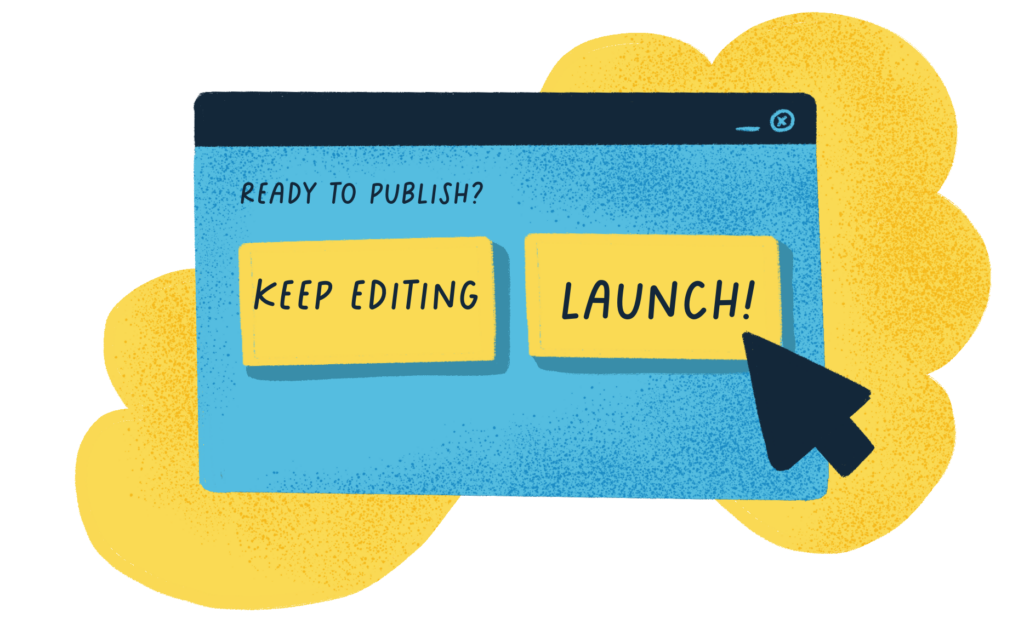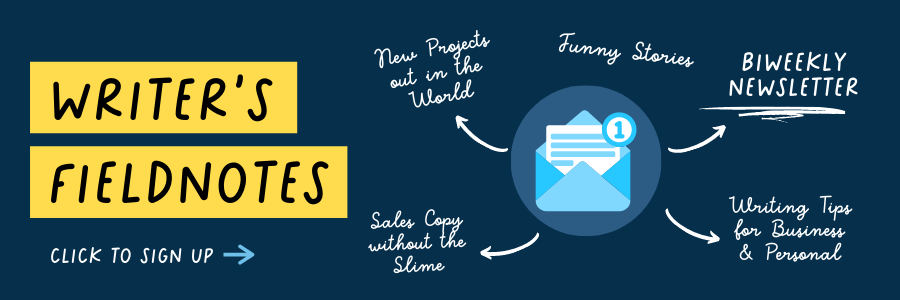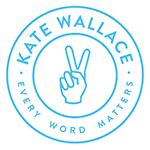There are two big questions for any piece of writing.
The first?
“Where do I start?”
If you’re like me, you avoid it for a while. You make coffee. Tidy up your desktop. Doom scroll the socials. Call your mom.
Eventually, you exhaust your distractions and get started.
Once your draft is done, the next big question looms: “Is it finished?”
Cue the self-doubt and other creativity-crushing follow-up questions.
“Is it good enough?”
“Will people like it?”
And, “should I even publish this?”
Many people give up when the editing starts. You poke holes in your work. You write and rewrite, erase, replace and deconstruct until you lose sight of what you set out to say. Overcome with the desire for “perfect,” you stall. Analysis paralysis is real.
So, to get you unstuck, here’s a recap of my Top 10 editing tips. After that, some “Shipping Tips” to help you hit “send.”

Editing Checklist
A day of rest
Get a little distance from your work. A day’s break is excellent. Write today and edit tomorrow with fresh eyes.
Print it out
You’ll spot more typos and problems on a hard copy than on a screen. Old-school, but it works.
Run spell check
I’ve run drafts through up to three spell checks (Google Docs, Word, and Grammarly) because, surprisingly, they each flag different issues.
Read it out loud
This can feel a little goofy, but don’t skip it. If your writing is hard to say, it will also be hard to read. Make awkward or wordy sections more precise.
Keep it simple
Short phrases are easier to read and more impactful. A simple noun + verb construction in the active, present tense is beautiful.
Trim the fat
Question every word. Is it redundant? Implied? Necessary? Jargon?
Clarity over cuteness
Instead of wordplay, puns, double entendres, and allusions that risk confusing your reader, favour direct, clear, concise writing.
Stay active
Active voice is more assertive and direct than passive voice. Here’s how to spot it:
- Active: Kate loves mountain biking.
- Passive: Mountain biking is loved by Kate.
In each example, you have the subject (Kate), the action (to love), and the object (mountain biking). In the active voice, it’s subject + verb + object.
Use formatting
Make it digestible and skimmable with headings and subheadings, short paragraphs with lots of air, bullet points, lists, line breaks and bolded key messages and quotes to break up a wall of text.
Trust your audience
The sweet spot in editing is figuring out what your reader knows and what you need to tell them. You can imply a lot. What needs to be explicit? What can you imply?

Shipping Tips
You’re so close.
You’ve drafted. You’ve edited. It’s go time.
And yet… you just can’t seem to launch.
If you’re done editing and still telling yourself it’s not ready, ask yourself if it really isn’t ready or if you’re trying to avoid the discomfort of showing and sharing your work.
Here are a few tips to be bold enough to share it.
Challenge your inner critic
Quiet that nasty little voice in your head who works overtime when you push yourself to try something new.
If your inferiority complex is winning, acknowledge that feeling of vulnerability, then challenge your thinking.
Are you comparing your writing to someone else’s? Guess what? They have likely also grappled with those same feelings of worry and inferiority.
Give yourself a chance. If you’re avoiding posting your writing because you’re afraid of failure, try switching your thinking from “what if I fail?” to “what if it ends up being better than I ever imagined?”
Start small
If you wrote a full-length blog post or newsletter but aren’t ready to share it, try launching a sample size. Take a few lines from your larger piece that gives a sense of your overall gist, and use it as a social media post. If your audience responds with interesting thoughts or questions or maybe even just a series of hilarious emojis, it can give you the confidence to post the entire piece.
Manage your expectations
If you’re expecting your first piece of writing to translate into conversions on your website, a book deal and a slew of dedicated new followers, you’ll likely be disappointed.
Although I appreciate lofty goals, it’s also good to manage your expectations to set yourself up for success.
Start with one piece of writing—a caption, blog post, or email, and use it as a learning experience.
What will you learn about yourself as a writer during the process? What will you learn about your audience and their engagement style? What new questions will you be able to expand upon?
Every time you write, you will get better and go further with it. Take it day by day, piece by piece.
If you’ve gotten to the point of the writing process where you’re editing, I’m proud of you. I hope you can trust how smart, clever and creative you are and publish it with pride.
I also hope that you can find some space in your writing practice for fun. Because if you didn’t have fun writing it, who will have fun reading it?!




